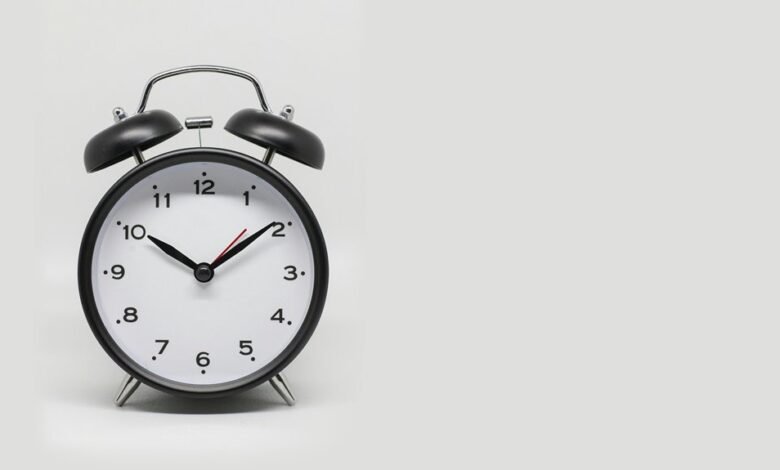6957183798 Frequency of After-Hours Calls

The frequency of after-hours calls to 6957183798 indicates a notable shift in customer behavior. Increasingly, clients seek immediate assistance outside standard business hours. This demand correlates with heightened expectations for rapid resolutions. However, the implications extend beyond customer satisfaction, impacting employee work-life balance significantly. Understanding these dynamics is crucial for organizations navigating this trend. What strategies can be employed to balance customer demands with employee well-being?
Understanding After-Hours Call Patterns
A significant number of organizations experience varying after-hours call patterns that reflect the unique demands of their operational environments.
Analyzing call volume trends reveals distinct peak hours during which demand surges, often tied to industry-specific factors.
Understanding these patterns allows organizations to optimize resource allocation, ensuring responsive service while maintaining operational efficiency.
Ultimately, this supports their commitment to freedom and flexibility in addressing customer needs.
Reasons Behind Late-Night Calls
What factors drive the increased frequency of late-night calls in various industries?
Urgent requests from customers often dictate the necessity for after-hours communication. As businesses strive to meet rising customer expectations for immediate support, the demand for responsiveness transcends traditional operating hours.
This shift reflects an evolving landscape where timely resolutions are paramount, compelling organizations to adapt their availability accordingly.
Impact on Work-Life Balance
While the demand for after-hours communication may enhance customer satisfaction, it simultaneously poses significant challenges to employees’ work-life balance.
Increased after-hours calls contribute to elevated work stress, blurring personal boundaries and encroaching on time traditionally reserved for relaxation and family.
This erosion of boundaries can lead to burnout, ultimately diminishing both employee well-being and overall productivity in the workplace.
Strategies for Managing After-Hours Communication
The challenges posed by increased after-hours communication necessitate the implementation of effective strategies to manage its frequency and impact.
Organizations should establish clear emergency protocols to delineate urgent situations warranting immediate response.
Additionally, call prioritization frameworks can help employees discern critical calls from routine inquiries, thereby fostering a healthier work-life balance and empowering individuals to maintain autonomy over their personal time.
Conclusion
In conclusion, the increasing frequency of after-hours calls to 6957183798 symbolizes a double-edged sword, where the demand for immediate customer support sharpens the need for organizational adaptability. As companies strive to balance responsiveness with employee well-being, they must navigate this intricate landscape like skilled tightrope walkers, carefully managing both sides to maintain equilibrium. Effective strategies will be essential to foster a sustainable environment that meets customer expectations without compromising the health of the workforce.




